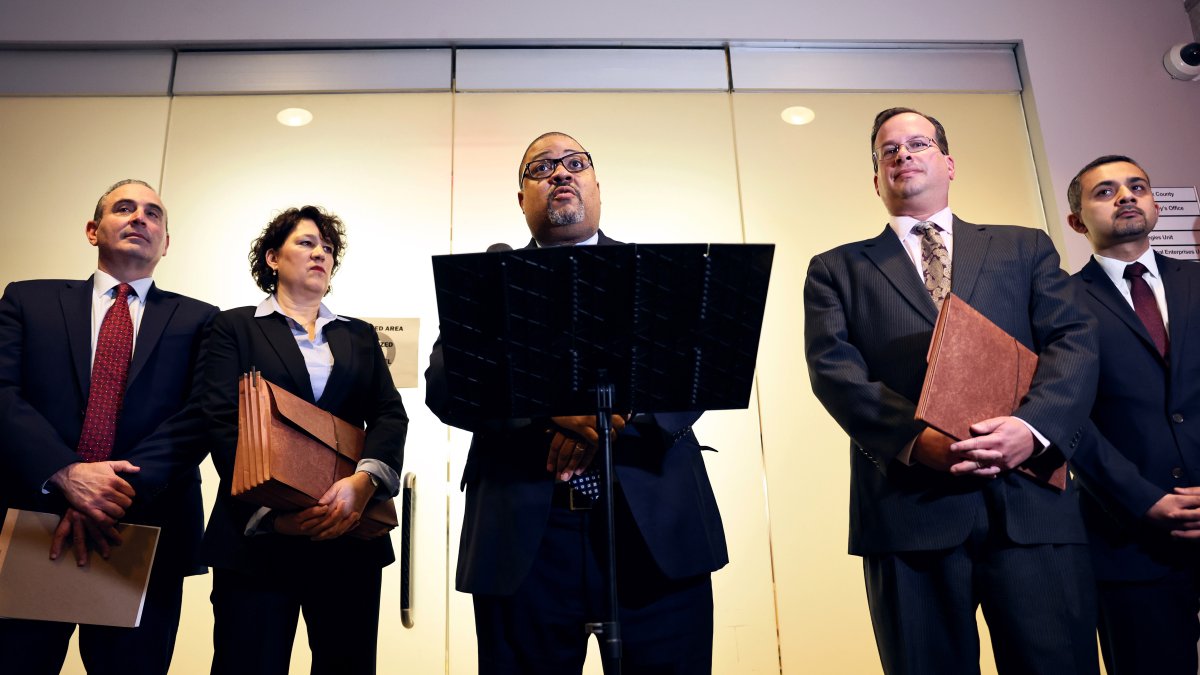NEW YORK — A grand jury in Manhattan has been hearing testimony since January in the case of secret payments to Stormy Daniels allegedly authorized by Donald Trump in 2016.
Prosecutors have been investigating since Trump’s former personal attorney Michael Cohen admitted in 2018 that he paid Daniels $130,000 before the presidential election to cover up his claims about an alleged sexual relationship the pair had. years earlier.
Cohen spent hours testifying before the grand jury for two days earlier this week. He left his second day of testimony on Wednesday saying he would continue to cooperate with prosecutors and provide them with any information “they need.”
The former president’s current lawyer said Trump had been asked to testify before the grand jury but was not planning to do so.
No deadline has been publicly announced for the secret grand jury’s work on the case. At least one additional witness is expected to testify, further indicating that no vote was taken to indict, AP reports.
How does the grand jury process work?
The role of the grand jury is to determine whether there are probable grounds to believe that a defendant has committed a crime and should be tried.
The prosecutors enter the room with the grand jury to read the crimes/charges and define the elements of the crimes.
If 12 or more jurors do not believe a crime has been committed, the case is dismissed.
If 12 vote yes, the indictment is drafted and presented to the grand jury to make sure it’s correct, and the foreman will sign it if it’s correct (at the time, that’s what is called the “real bill”).
Although there is no specific time limit for this, at some point the jury’s indictment is filed sealed with the court.
Presentation is the key action that needs to be done. If it hasn’t been filed, it’s not a done deal.
If it is filed under seal, no one but court staff and prosecutors can see it.
After the indictment is filed, the prosecutor will usually contact the defendant’s attorneys to tell them that their client must surrender or provide an arraignment date.
Typically, the prosecutor then receives an opening order from the judge, so they can alert the public and also give a copy to the defense (until then they are technically not allowed).
The defendant is then prosecuted (which is not public) and is prosecuted by a judge (which is public).
It is possible for an accused to surrender before the indictment is made public, in which case the public may see the accused arrive in court before the indictment is officially announced.

